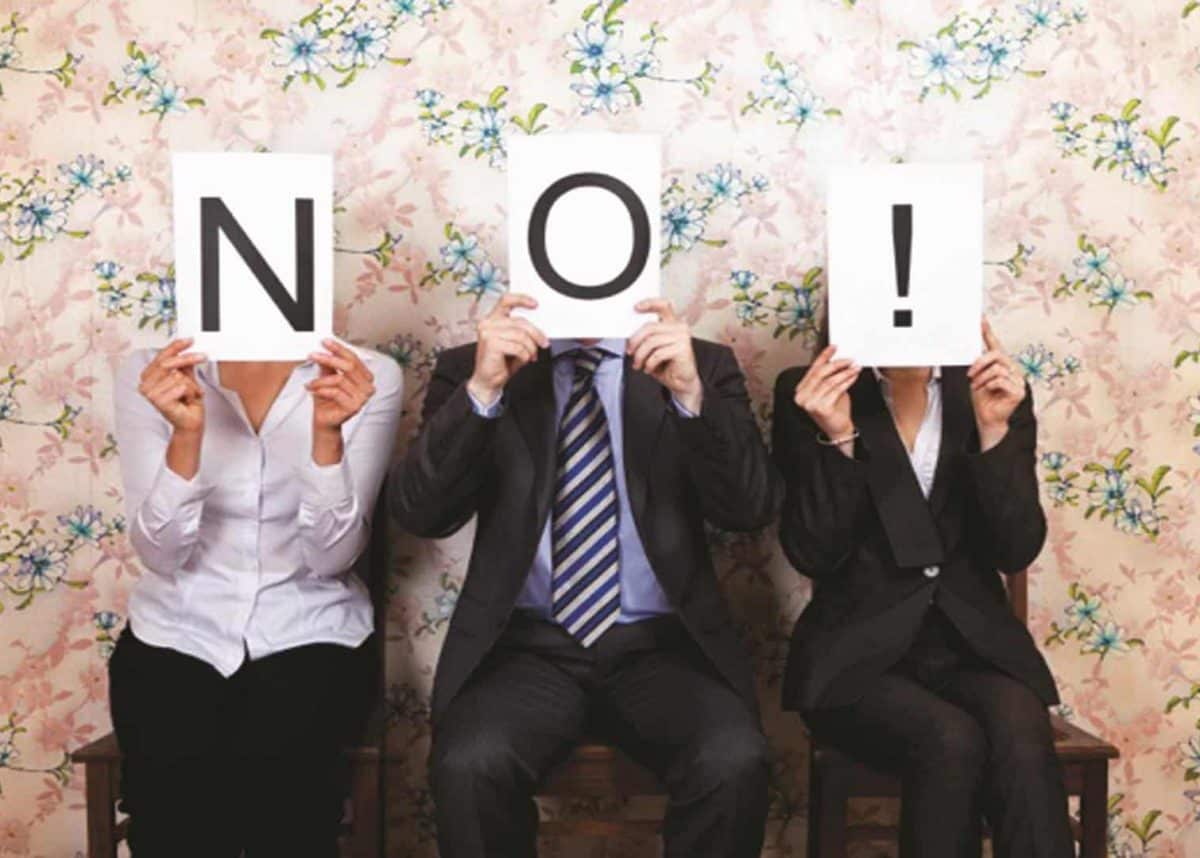
My English friends always point out how easy going we Australians are and how happily Aussies say “yes” to most things. However, whether at work or at home, always saying “yes” can sometimes put us between a rock and a hard place. We may not really want to do something, but we have committed ourselves. If we say “yes” and pull out later, we can feel stressed and guilty. If we try to follow through, we may not perform at our best, miss targets or become resentful.
Being helpful and considerate does not mean being a pushover. Putting the needs or requests of others first can be a sign of low self-esteem and a lack of confidence. Feeling pressured to do something you do not want to do, and disregarding your own needs in the process, can result in stress, anxiety and at worst, depression. In these cases, get some extra support and make the changes you need.
All behaviour is learnt — including being the “nice one”. It takes many thousands of hours to form habits. Our survival instincts help form habits that are meant to make life easier. Learning to say “no” can be difficult because of the reactions you may have gotten in the past, such as anger or being made to feel guilty. Sometimes saying “no” results from fears about how people will react. Like any habit, saying “no” and surviving the guilt or fear, gets easier over time. By recognising your natural reaction when faced with a request, and practising a “no” response you are comfortable with, you can break the “yes” habit. Like learning to ride a bike — once you get it, it stays with you forever.
Changing any habit requires a strategy and practice. Next time you receive a request:
1. Notice what your immediate reaction is. Your body provides signposts for what you really want to do.
2. If you are still unsure, clarify any concerns you have. If you need more time, you can say something like “I need to think about it. I’ll get back to you tomorrow”. Make sure you get back to them when you say you will.
3. If you decide to say “yes”, make sure you are comfortable with that decision.
4. If you decide to say “no”, be clear, concise and considerate in your response. Remember, you are saying “no” to the request, not the person.
5. Use words you are comfortable with. No-one has a right to ask for personal or specific details. For example you can:
- Self disclose — “I feel uncomfortable saying this but no”
- Provide an alternative — “I am not able to but Josh might be able to help”
- Acknowledge the other person — “Is that ok?”
6. Once you say “no” do not linger; change the subject or physically leave the situation.
Overusing “yes” can be an unhealthy habit. Learning to comfortably say “no” comes with practice. One advantage is you will learn to trust yourself to make decisions that are best for you. Others will benefit too, as they learn you will help when you are able to.












